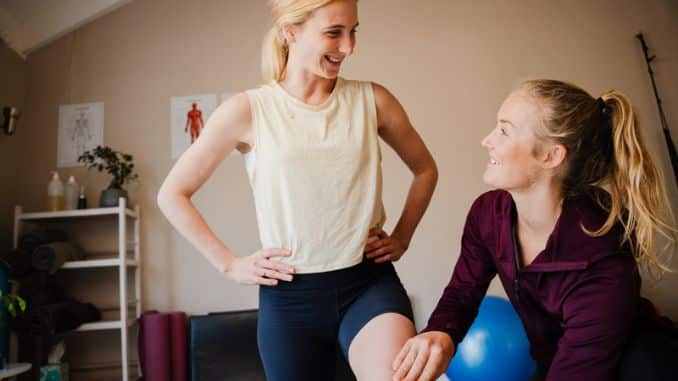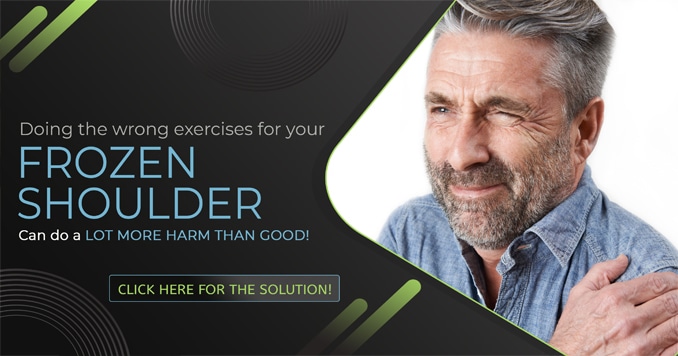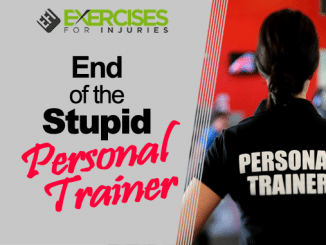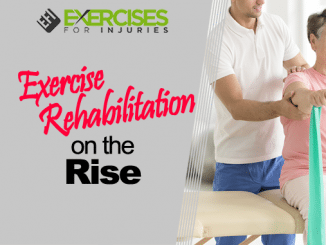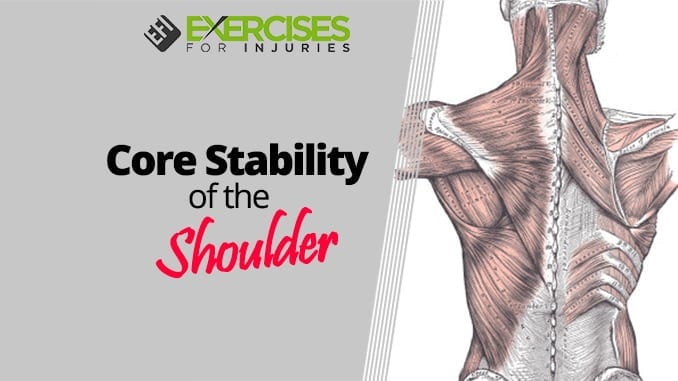
The shoulder is a complex joint that relies on several levers and stresses to function as a single, stable unit. Because of its complexity, the shoulder is susceptible to injury and may be challenging to treat once injured. Core shoulder stability is crucial for maintaining a strong and healthy shoulder girdle and supporting the lats, pecs, and serratus anterior postures, which work hard to keep them.
When you have stronger core muscles, you have a greater capacity to conduct everyday tasks without being derailed by forces like gravity or other external forces that need a neutral spine and pelvis for optimum performance. It is because such forces require a neutral spine and pelvis.
Course Description: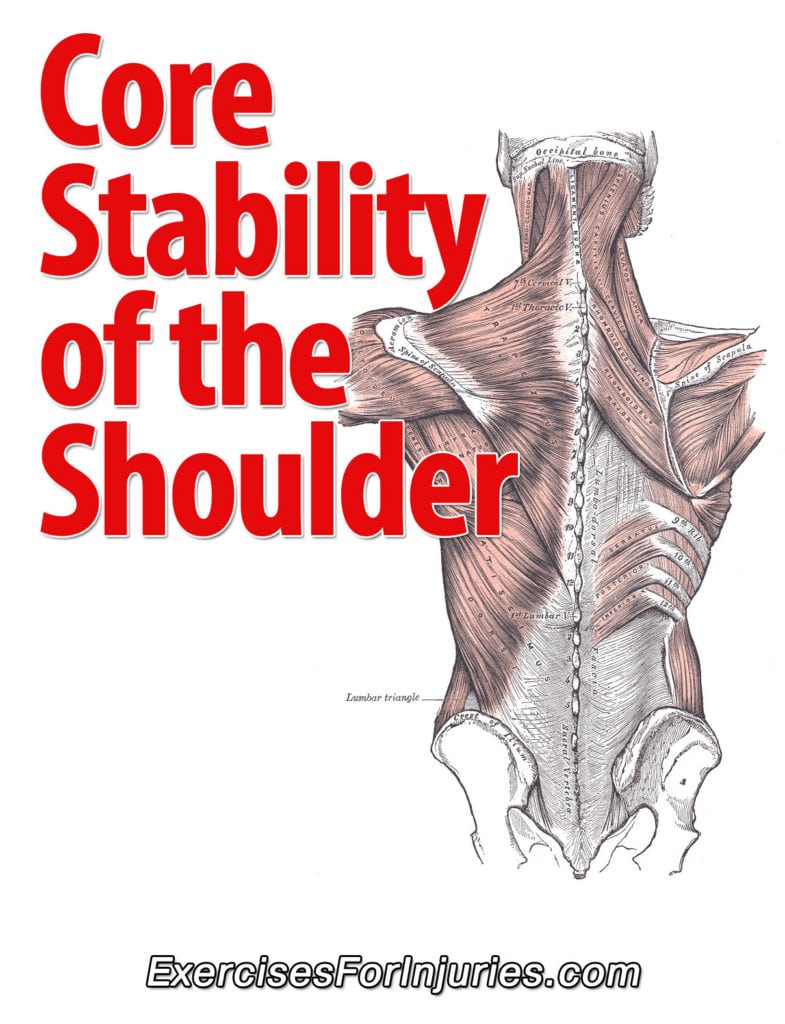
Course Objectives:
- The specific muscles involved in core stability of the shoulder.
- How to assess the core stability muscles of the shoulder.
- An extensive list of exercises will be discussed, demonstrated, and practiced using various equipment to activate and strengthen the core stability muscles of the shoulder.
How Do We Build Core Stability?
There has been a significant shift away from conventional core workouts such as sit-ups, crunches, side bends, and other similar movements.
Recent studies investigating the usefulness and safety of these workouts may do more damage than benefit.
Most health experts have switched their focus away from classical exercises like these, which create vast ranges of motion in the trunk, and toward more functional activities, which strengthen the stability of the hips, torso, and shoulders.
The following are fundamental workouts that target these essential body parts and a few pointers to keep in mind.
Forward Plank
Maintain a straight line across the body and stop your hips from sinking toward the ground by doing this.
Side Plank
It would help if you were lying on your right side with your legs outstretched and stacked from hip to toes. There is a straight line between your right elbow and shoulder. Make sure your head and spine are aligned. You might align the left side of your body with your left arm.
Hip Thrust
Bend your knees to around 90 degrees and keep your feet firmly planted on the floor while you relax on your back. Make sure you’re keeping your shoulders, hips, and knees in a straight line by squeezing your glute muscles.
Weighted Carries
Practice transmitting force across the body using this method. You may walk a certain distance or duration while carrying weight in one or both hands.
There is no emphasis on twisting or bending in any way in this exercise. The option to carry the weight by your side(s) or push it to the sky is also available for these carries!
A solid core in sports and other activities may help avoid injuries and improve performance. Muscle specificity isn’t necessary for spinal stability, so don’t stress it. Focus on how the body moves and keep your core from bending and twisting too much. Maintaining a neutral spine is essential for success.
When it comes to building core strength, the most significant factor is increasing the number of repetitions. It’s critical to work with a fitness expert to ensure proper technique and safety.

